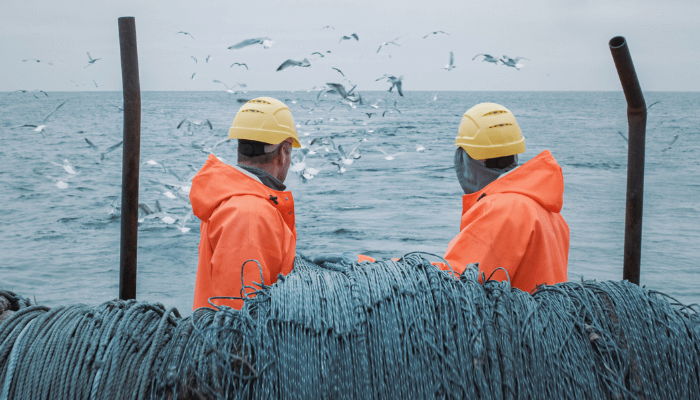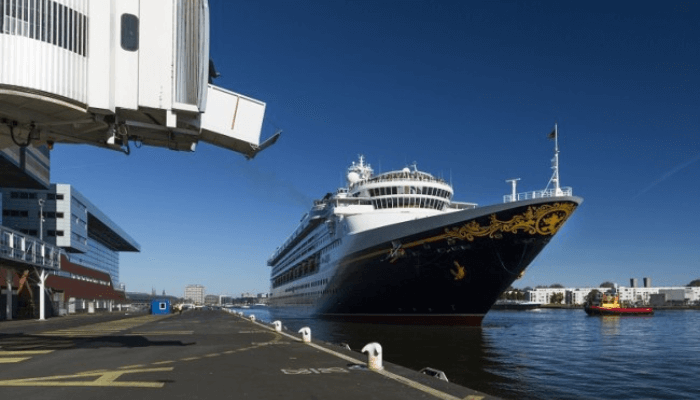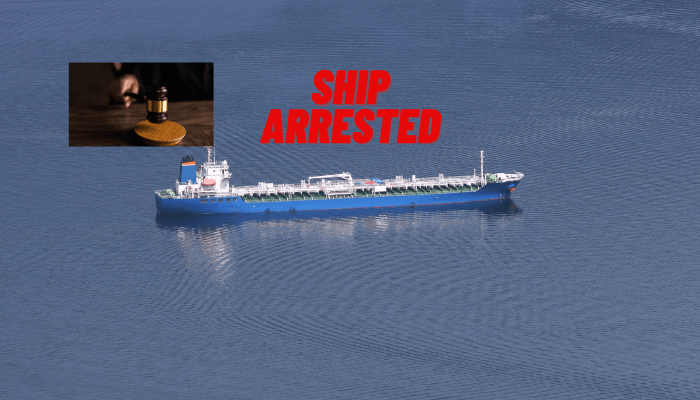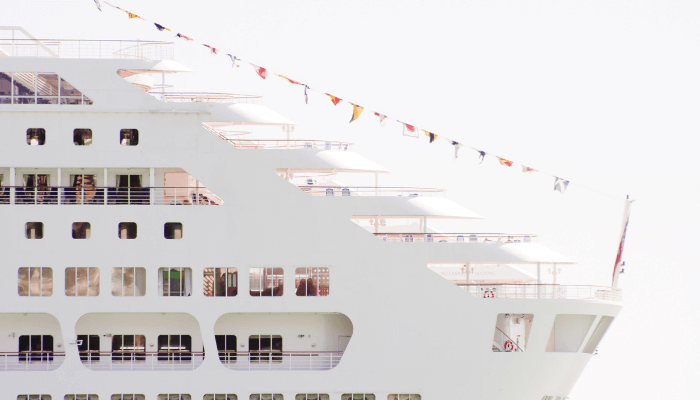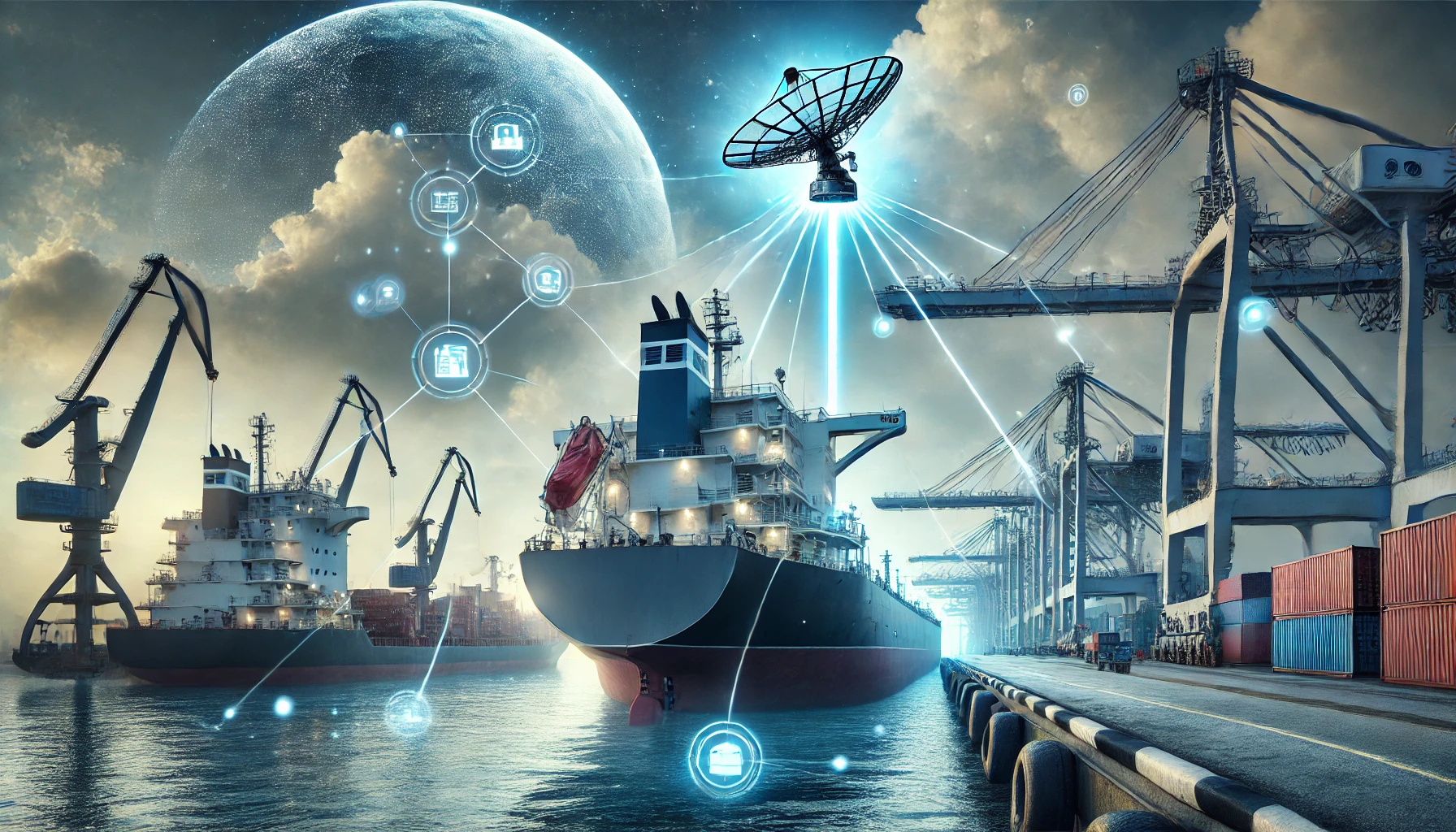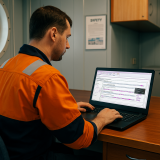Asyad Dry Dock (formerly known as Oman Dry-Dock Company) has turned a first-ever profit since its establishment just over a decade ago as the country’s first ship repair and maintenance yard
Oman Investment Authority (OIA), the investment arm of the Omani government, made the announcement in its newly published Annual Report for the June 2020 – December 2021 period. Asyad Dry Dock is a subsidiary of Asyad Group, the government’s logistics and supply chain business, which in turn is affiliated to OIA.
“Asyad Dry Dock registered net profits for the first time since its incorporation in 2011 as a result of establishing new sources of income, rationalising spending, increasing productivity, and targeting projects with high-profit margins,” said OIA in its Annual Report.
Established within Port of Duqm, Asyad Dry Dock offers an expanding suite of services encompassing ship repair, ship conversion, mega yacht repair, offshore rig repair, shipbuilding, and industrial fabrication. Equipped with a 2,800-metre quay and two graving docks, the yard can handle vessels up to 600,000 DWT.
Since the commencement of operations in 2011, Asyad Dry Dock has handled over 1,100 vessels. In 2021, the yard received a total of 163 vessels, representing a 21 per cent increase over corresponding figures for 2020.
Also in 2021, the yard set a record by accommodating 23 ships simultaneously. It also announced a landmark foray into shipbuilding services for the first time, with a focus on small and medium size vessels. The first craft built at the Duqm facility was delivered earlier this year, with several local and regional shipbuilding projects in the pipeline, according to the company.
Meanwhile, Asyad Group, the parent holding company, posted a net profit of RO 47.4 million in 2021, down from RO 52.4 million a year earlier, Oman Investment Authority stated in its report.
“(Asyad Group) recorded positive growth of 5 per cent in the volume of containers handled in the ports run by the group in 2020, and positive growth of 2 per cent in 2021. (It) contributed to the management of the Covid-19 crisis by ensuring continuity of port operations and the smooth commercial movement and transport of main consumer commodities,” the Authority stated.
Also contributing to the group’s performance was the restructuring of its asset portfolio “through integration and merger of the group’s subsidiaries, privatisation, or cancellation and transfer of non-core activities to the competent entities”, it further noted.
In particular, the restructuring and transfer of the International Maritime College Oman (IMCO) to a private Omani university has contributed to an annual saving of around RO 500K. Additionally, the Group restructured the postal network and closed 14 “unprofitable” branches, leading to financial savings. It also exited the Oman International Container Terminal (OICT) at Sohar Port in a move that “generated good returns from the transaction”, the Authority noted.
Significantly, Asyad Shipping (formerly Oman Shipping Company) generated “record revenues” totalling RO 41 million last year. The Authority attributed this outcome to the “improved performance of the containers sector, and expansion of the company’s commercial operations and shipping network”.
Listing other achievements by Asyad Group subsidiaries during the past year, the Authority noted in particular the classification of Omani ports as “the fastest handler of containerships in the world” – a citation made by the United Nations Conference on Trade and Development (UNCTAD).
Additionally, Asyad affiliates successfully expanded their network of container shipping lines and inaugurated the first direct shipping line between the Sultanate of Oman and Arabian Gulf ports (Gulf Express Line).
Port of Duqm has been a key focus of Asyad Group’s operations during the past year.
It launched marine services at the maritime gateway, and also introduced operations at the General Cargo Terminal at the port. Furthermore, the Group floated a tender for the management and operation of the port’s new Container Terminal.


